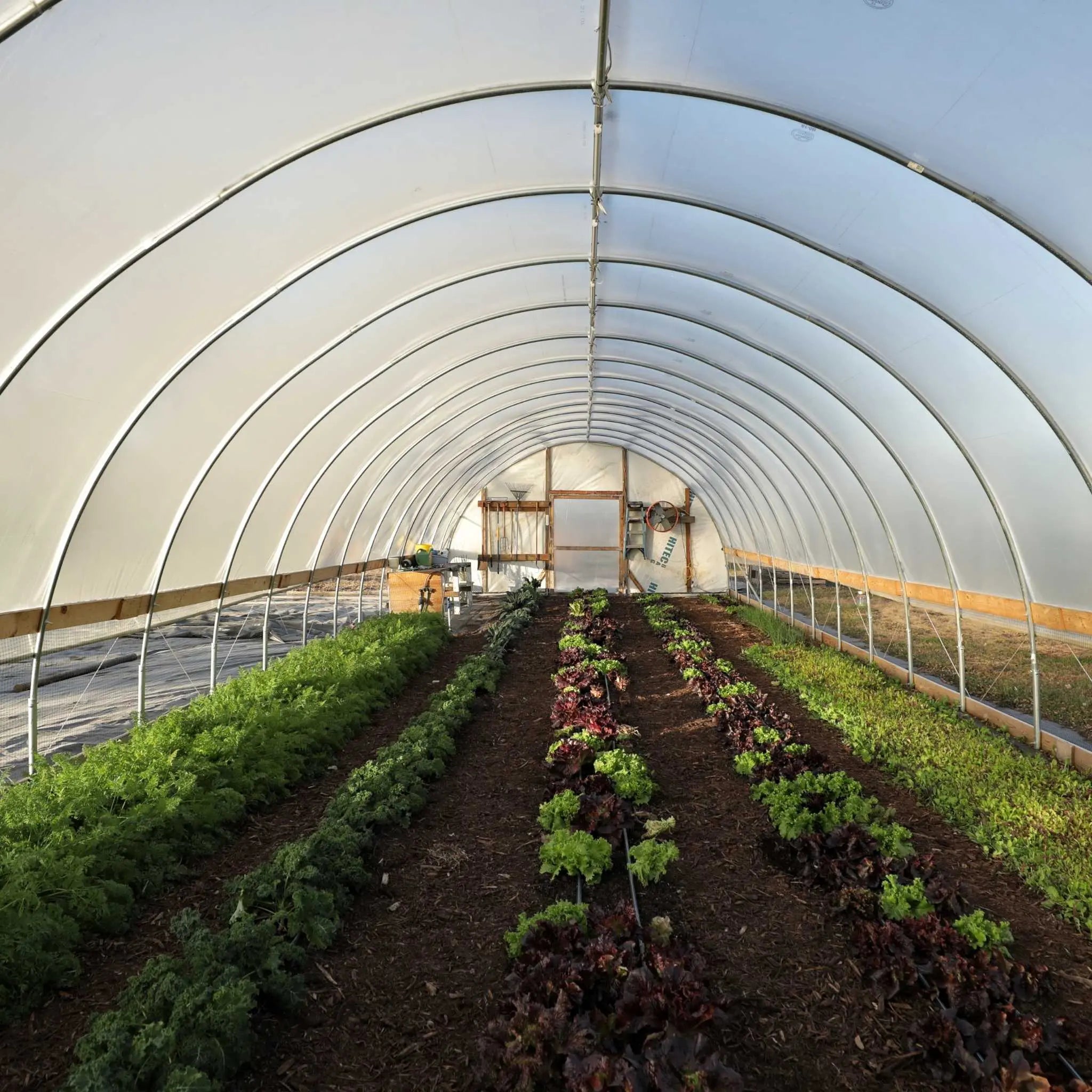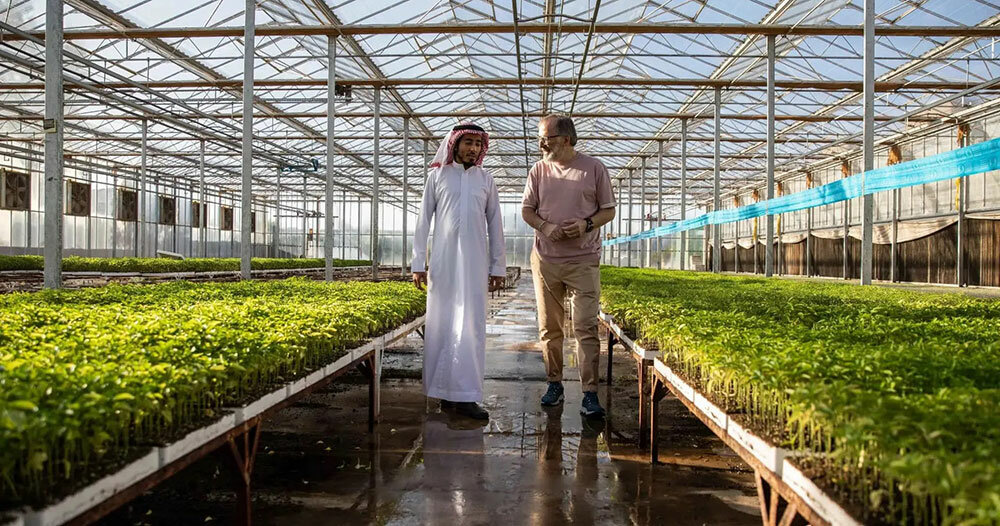The Future of Greenhouses: Advancements in Lasting Agriculture
Are you interested regarding the future of greenhouses and how they are changing sustainable farming? Look no further! In this post, we will check out the amazing developments that are leading the way for a greener and extra reliable farming industry. From sophisticated environment control systems to upright farming methods, water-efficient watering methods, sustainable energy integration, and smart data analytics, these innovations are changing the means we grow our food. Prepare yourself to uncover the future of lasting farming in greenhouses!
Advanced Climate Control Solution
To accomplish optimal growing problems, you can depend on the advancements in greenhouses with sophisticated climate control systems. These systems have changed the way we cultivate plants, giving a regulated environment that contributes to plant development. With these cutting-edge systems, you can now manipulate temperature, humidity, light degrees, and also CO2 focus to produce the excellent conditions for your plants to grow.
Among the key features of these innovative environment control systems is their capability to regulate temperature. By utilizing sensors and automated controls, the greenhouse can readjust the temperature based on the specific demands of the plants. This makes sure that they are never subjected to severe heat or cold, which can be destructive to their growth.
Humidity control is an additional crucial aspect of these systems. By keeping the suitable humidity degrees, you can protect against issues such as mold, mildew, and disease from affecting your plants. These systems can also regulate the quantity of light that reaches the plants, making certain that they get the ideal quantity for photosynthesis.
In addition, advanced environment control systems can also adjust CO2 focus. By boosting the levels of carbon dioxide in the greenhouse, you can improve plant development and efficiency. This is particularly valuable in areas with low natural CO2 levels.
Upright Farming Methods
One vital vertical farming technique is utilizing piled growing systems. Piled growing systems are typically utilized in metropolitan locations where room is restricted.
One popular method is called vertical hydroponics, where plants are grown in nutrient-rich water without soil. This method is very reliable as it lowers water use by as much as 90% contrasted to typical farming approaches. Additionally, considering that the plants are expanded inside, they are secured from bugs and illness, reducing the need for pesticides.
An additional strategy is aeroponics, which entails putting on hold the plant origins in a haze or air atmosphere. This method allows for optimal nutrient absorption and oxygenation, causing faster development and greater yields. Aeroponics also uses much less water than typical farming and can be applied in vertical systems, making it a prominent choice for upright farming.
Water-efficient Irrigation Methods
When it comes to executing water-efficient irrigation methods in lasting farming,Taking full advantage of water preservation is necessary. With international water deficiency ending up being a pushing issue, it is essential to establish ingenious strategies that maximize water use in greenhouse procedures.
One promising method is drip watering, which delivers water straight to the plant origins, reducing waste and dissipation. By utilizing a network of tubes with tiny emitters, water is used slowly and exactly, ensuring that plants obtain the necessary dampness without excess runoff.
Another efficient technique is making use of soil go to my site moisture sensing units. These tools determine the wetness content in the soil and provide real-time information to farmers. By monitoring the dirt's moisture degrees, farmers can accurately figure out when and just how much water to apply, avoiding over-irrigation.
Furthermore, the execution of rainwater harvesting systems is gaining appeal in greenhouse farming. Gathering rainwater from rooftops and saving it in storage tanks permits farmers to utilize this natural resource for watering objectives, minimizing reliance on conventional water resources.
Last but not least, the fostering of automated irrigation systems can significantly boost water efficiency. These systems utilize sensors to discover soil dampness degrees and weather condition problems, changing watering routines appropriately. By enhancing water use based on actual plant needs, these systems can lower water waste and promote sustainable farming practices.
Renewable Energy Assimilation
Eco-friendly energy integration in greenhouses supplies several benefits, consisting of reduced operating expenses and lowered dependence on non-renewable power sources. The produced power can then be used to run numerous operations within the greenhouse, such as heating, lighting, and air flow systems. These generators harness wind power and convert it into electrical energy, which can be utilized to supplement the power demands of the greenhouse.
Smart Data Analytics and Automation
To improve the efficiency of your greenhouse operations and enhance source use, take into consideration applying clever data analytics and automation. Smart data analytics involves gathering and analyzing data from various sensors and devices within your greenhouse. By keeping an eye on elements such as temperature, moisture, light levels, and dirt moisture, you can obtain important understandings right into the health and growth of your plants. Source This information can aid you make informed choices regarding adjusting ecological conditions, enhancing irrigation timetables, and stopping prospective problems before they arise.
This can include automating the control of lighting, ventilation, irrigation systems, and nutrient delivery. By automating these procedures, you can guarantee that your plants obtain the best conditions and nutrients at the ideal time, without the demand for continuous manual treatment.
Furthermore, clever data analytics and automation can function with each other synergistically. The data collected by sensors can be used to educate computerized systems, allowing them to make real-time adjustments based upon the existing problems. This combination of information analytics and automation can cause much more exact and efficient resource appropriation, ultimately leading to higher returns and far better plant high quality.
Conclusion
In conclusion, the future of greenhouses in sustainable farming looks appealing. With advanced environment control systems, vertical farming methods, water-efficient irrigation methods, and renewable power assimilation, greenhouses are becoming much more eco pleasant and efficient.

By maximizing water use based on actual plant demands, these systems can decrease water waste and promote lasting farming techniques.
